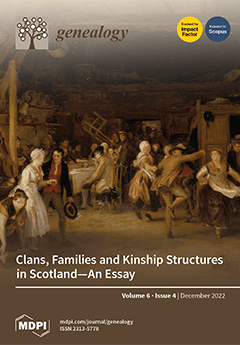Open AccessArticle
Waimānalo Pono Research: Indigenizing Community-Engaged Research with a Native Hawaiian Community
by
Jane J. Chung-Do, Samantha Keaulana Scott, Ilima Ho-Lastimosa, Kirk Deitschman, J. Kahau Vegas, LeShay Keli‘iholokai, Ikaika Rogerson, Theodore Radovich, Kenneth Ho, Jr., A. Hiʻipoi Ho and Mapuana C. K. Antonio
Cited by 3 | Viewed by 2026
Abstract
Native Hawaiians, or Kānaka Maoli, the first people to arrive and settle on the Hawaiian Islands, developed an ecologically sustainable food system that sustained the health of up to a million people on the islands. Colonization disrupted this system as well as the
[...] Read more.
Native Hawaiians, or Kānaka Maoli, the first people to arrive and settle on the Hawaiian Islands, developed an ecologically sustainable food system that sustained the health of up to a million people on the islands. Colonization disrupted this system as well as the healthy lifestyle and cultural practices of the Indigenous people of the Hawaiian Kingdom. Today, Native Hawaiians face pervasive health and social inequities. To build research processes that can meaningfully and sustainably address these inequities, the Waimānalo Pono Research Hui was borne from the vision and priorities of community leaders and members of Waimānalo. Using qualitative data from the annual survey conducted with Waimānalo Pono Research Hui members, the purpose of this study is to illustrate how community engagement and community-based participatory research has been operationalized within a Native Hawaiian community to yield meaningful research. Five themes emerged from the analysis related to the ʻāina (land), pilina (relationships), consent, equitable resources, and data sovereignty. These findings demonstrate the importance of imagining, creating, and implementing research processes that are shaped by community voices.
Full article





